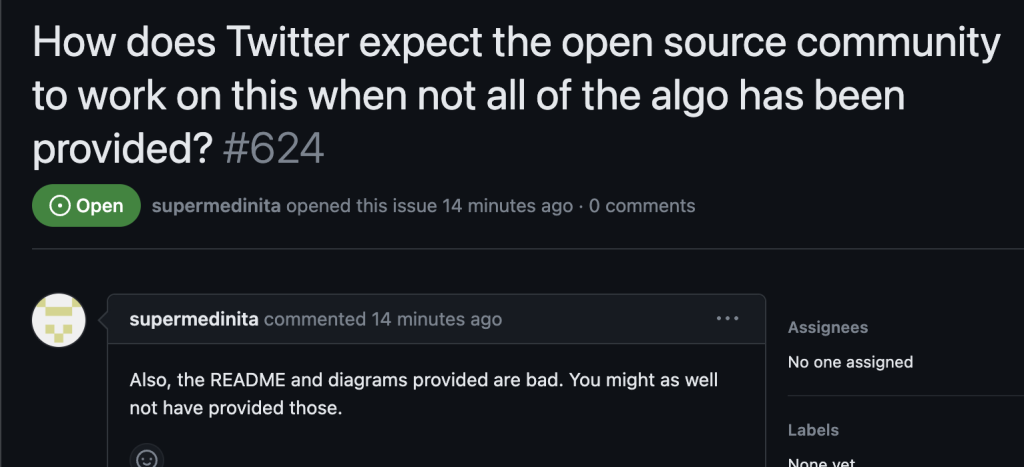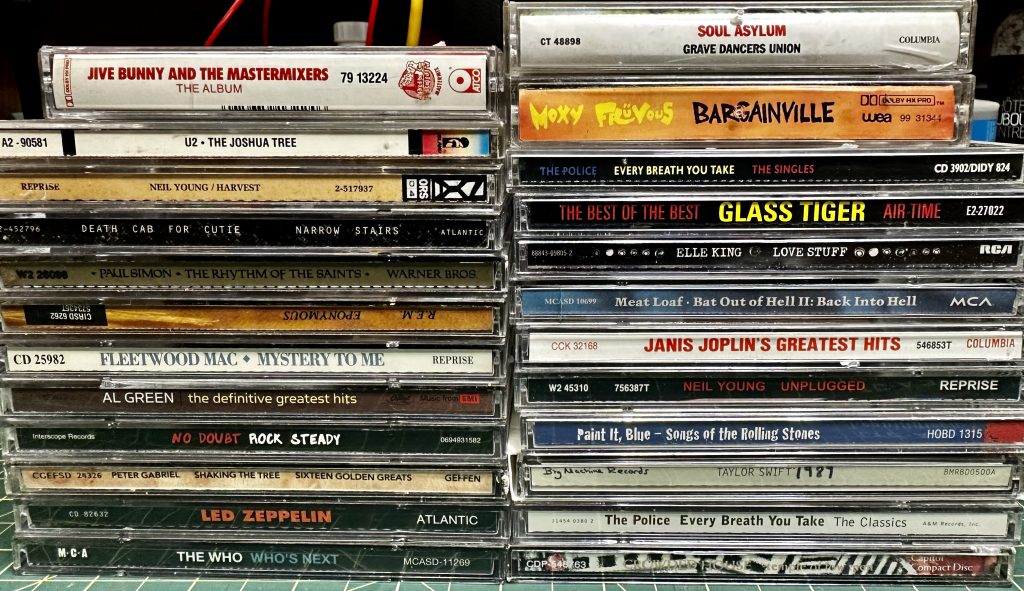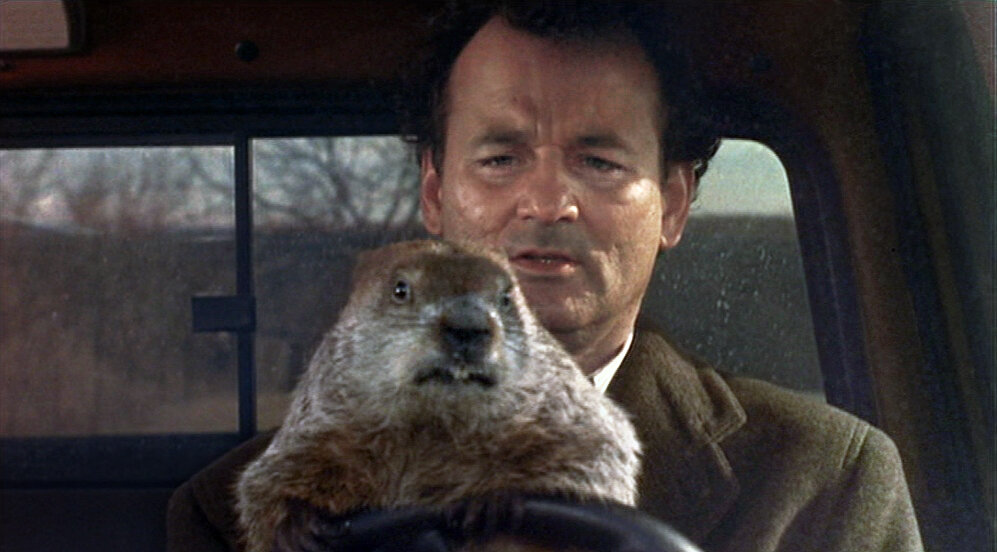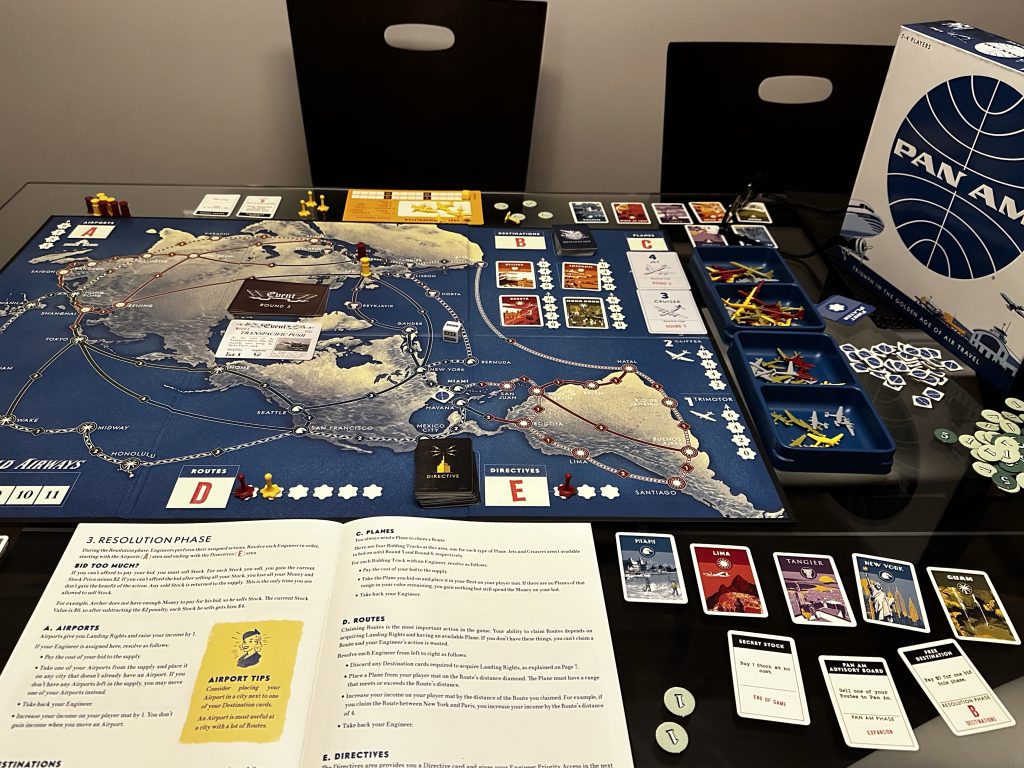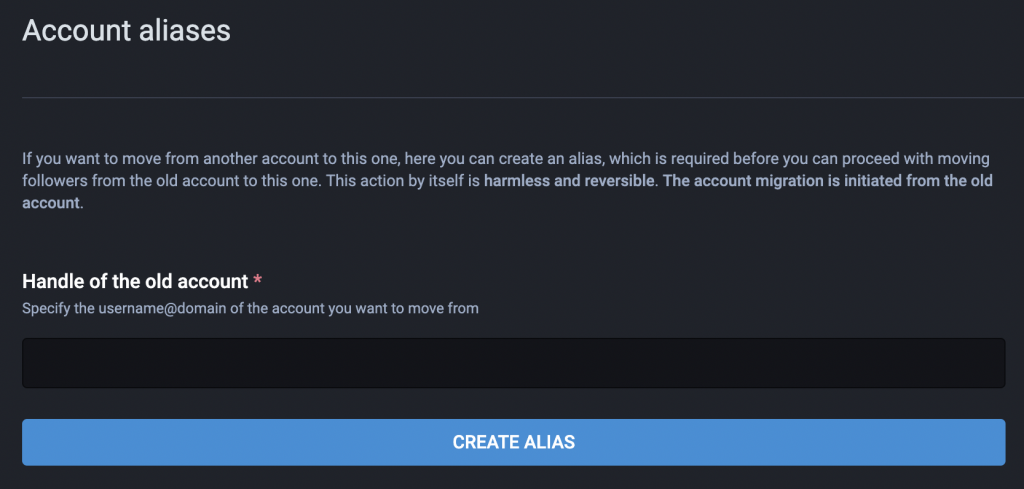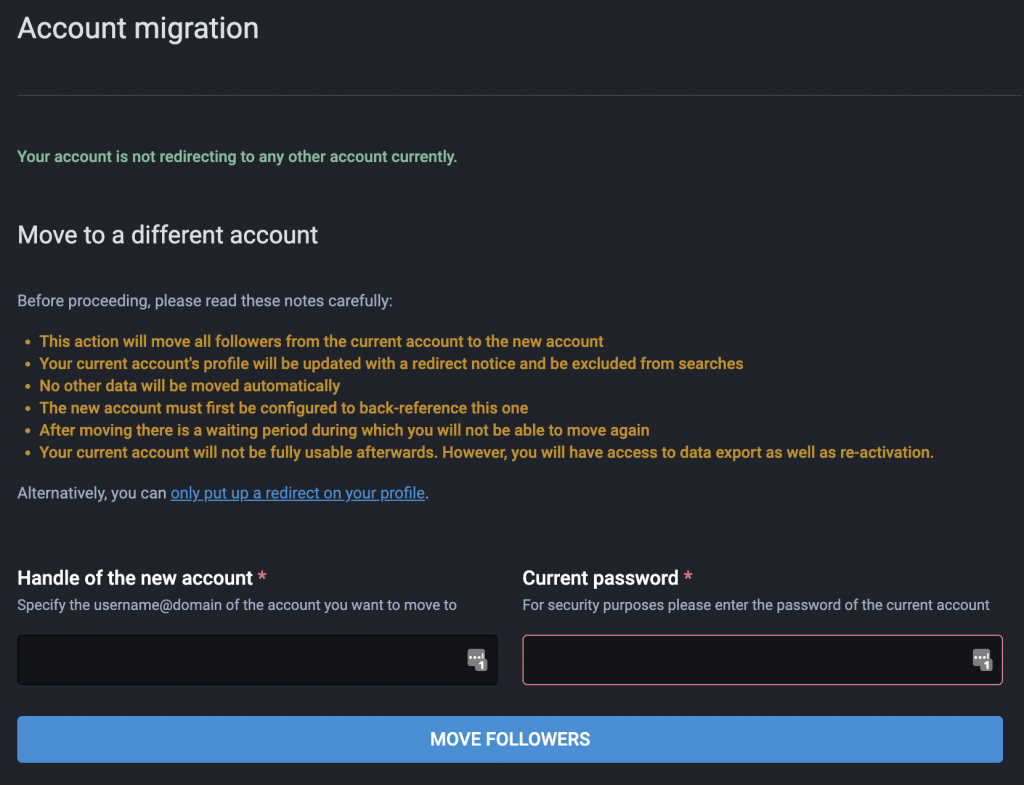I’ve been collecting music my entire life.
I’ve collected all the formats – starting in my tweens in the 80’s with cassettes and vinyl (mostly 45s), CD’s in the 90’s for the bulk of my late-teens and twenties, and I caught the early wave of the vinyl resurgence in my thirties at the top of the aughts.
I have vivid memories of buying music throughout my life.
I remember buying my first cassette, oddly a Kenny Rogers compilation album, at Pascal’s a now-defunct everything-store on Merivale Rd.
I remember buying Paul’s Boutique on cassette at HMV in the Rideau Centre.
I remember flipping through cassette singles at that same location and buying Public Enemy’s 911 is a joke.
I remember buying Use Your Illusion I&II on cassette at Compact Music in Westgate Mall when I was on break from my grocery store job.
In the late 90’s and early 00’s a friend and I were buying so much electronic music, we knew when new music day was at HMV and would go religiously to find new CD imports.
And around 2003 I remember kickstarting my new vinyl collection by buying a few milk crates of records at an estate sale down the street from my childhood home.
When the digital music revolution began, I “collected” MP3s and used all the services starting with Napster and later iTunes and the rest.
When streaming came along, I was slow to adopt, but eventually signed up for Spotify.
(Then later quit Spotify when they threw $200 million at Joe Rogan and tried to create a walled-garden around podcasting, while paying musicians, arguably the backbone of their service, barely a pittance)
Tell me what I like
Streaming music is generally a passive act. For me at least, my typical experience is putting on an automatic playlist or “station” and letting the algorithm pick songs for me.
Sometimes I will search an artist and put on a specific album, but most streaming services are clearly not optimized for this way of listening.
And the algorithms are not tuned to help you discover new music or expand your horizons, they are tuned to keep you on the service, so they just feed you things they think you already like.
This is not the worst thing in the world, hey it’s all music I like! And of course some services do have “discovery” playlists for the adventurous. But new music discovery can still be challenging, even with the massive library of a streaming service.
The convenience of streaming goes a long way in its defence, of course. You can’t beat the availability and ubiquity of it.
That’s a good thing, and I don’t think I’ll ever not have some kind of streaming service on my phone.
A participatory act.
One of the reasons for the resurgence and continued popularity of vinyl is the physical act required to listen to it.
It’s a participatory and purposeful act. You must take a physical disc and place it on the turntable and place the needle. You need to get up halfway through and flip it.
It encourages listening to albums over tracks. You are enveloped by the artist’s full conception.
Sure there’s a nostalgia factor, there are endless debates about whether it actually “sounds better,” and there’s always the dust and scratches to worry about.
But there is something about the overall experience of it that brings people back, and part of that is the activity of it.
The vinyl resurgence.
When the vinyl resurgence began, it was such a fun time. After two decades of CD’s and a few years of digital downloads and MP3’s, people were yearning for the larger physical format and analog warmth and depth that comes with vinyl (and yes, nostalgia).
Many spent the 90’s dumping their old records for newer formats (now filled with regret), so there were boatloads of records in bins at whatever was left of indie record shops that you could flip through and purchase for a few dollars.
You could pick up an entire collection at a garage or estate sale like I did for next to nothing.
Eventually in-the-know artists started pressing on vinyl again, and picking up a record at a concert became a great way to support the artist, and have a physical memento that won’t be a painting shirt or a car wash rag in a few years.
Vinyl became an obsession for me, and I quickly built up a pretty solid collection.
I always felt conflicted about downloading and streaming. On the one hand loving the convenience, but on the other knowing artists have been royally shafted and not wanting to support the system that did it.
So I doubled down on my vinyl purchasing in the streaming years as a way to hopefully balance things out a bit.
Lately though, vinyl has gotten extremely expensive. A combination of factors including increasing popularity and a global vinyl shortage have contributed to skyrocketing prices and slow and low availability of new music.
As a result, my music buying over the last few years has slowed tremendously. I just have a hard time spending $40-$50 on a new record, or $20 for something out of the used bin.
Gone are the days of plentiful cheap music, at least if you want to own it.
Enter the humble thrift shop.
Not so fast. I recently started hitting up some local thrift stores looking for old speakers, amplifiers, tape decks and cd players to feed another hobby of mine, repairing and tinkering with old electronics.
Given the popularity of vinyl, thrift shops haven’t been a good place to find records for a while. It’s all been picked over before it even gets to the shelf, and all that’s left is Engelbert Humperdinck records. So I would just walk on by the vinyl rack on my way to pick out a $7 tape deck.
On one recent stop at Value Village, I strolled by the media section and found a handful of cassette tapes and a rush of nostalgia made me buy them. Hey, they’re only $2, I have a tape deck in my garage right now that I need to test, so why not.
On another visit, I started flipping through the CD’s, also reasonably priced at $2, and picked out a small handful.
And this is when something kind of clicked in my brain. Recently I thought I had been missing the act of buying vinyl. I was feeling wistful for those early days of collecting during the resurgence, and resentful of the current state of affairs.
What I realized in the parking lot of that thrift shop is that it wasn’t the act of buying vinyl that I missed, but the act of buying and listening to music.
I’ll literally buy anything for $2.
CD’s are currently at the same point vinyl was in the early days of its resurgence. People have been dumping their CD collections as they move to streaming, and you can buy them for dirt cheap.
Now, rather than reeling from sticker shock at the record store and walking out empty handed, I’m walking out of thrift shops with an armful of CDs or tapes, and loving it!
And if you’re looking to buy new music, CDs are generally half the price of vinyl or less. Heck, some artists are even starting to release music on cassette again because they’re just so cheap to produce and sell.
Record shops are starting to stock CDs again alongside vinyl, and with the stark price difference, people are shifting their buying again. In fact, shipments of CDs in the US popped by nearly 50% in 2021 over the previous year.
That dopamine hit
And this is what I have missed. The act of finding and buying music. The feel of the cassette case, the CD jewel box, or the vinyl record in my hand as I walk out the door of the shop.
It’s the little tickle in the brain. That dopamine hit I get when I buy an album and take it home and listen for the first time.
It’s not the format, but the ritual of buying and listening to music.
CD’s and tapes have that same participatory feel as records, and scratch that itch for me as well.
And because CDs and Tapes are so cheap, I’ll try all kinds of new (to me) stuff I wouldn’t buy otherwise. I’m discovering (and rediscovering) all kinds of music again.
So for me anyway, CD’s are the new vinyl, and I’ve got a new (old) obsession to feed.
 Ok, it’s been a minute since I’ve written here. Picking up where we left off, Threads has been not much more than a little distraction while the rest of the world has descended into pre-apocalyptic chaos.
Ok, it’s been a minute since I’ve written here. Picking up where we left off, Threads has been not much more than a little distraction while the rest of the world has descended into pre-apocalyptic chaos.




